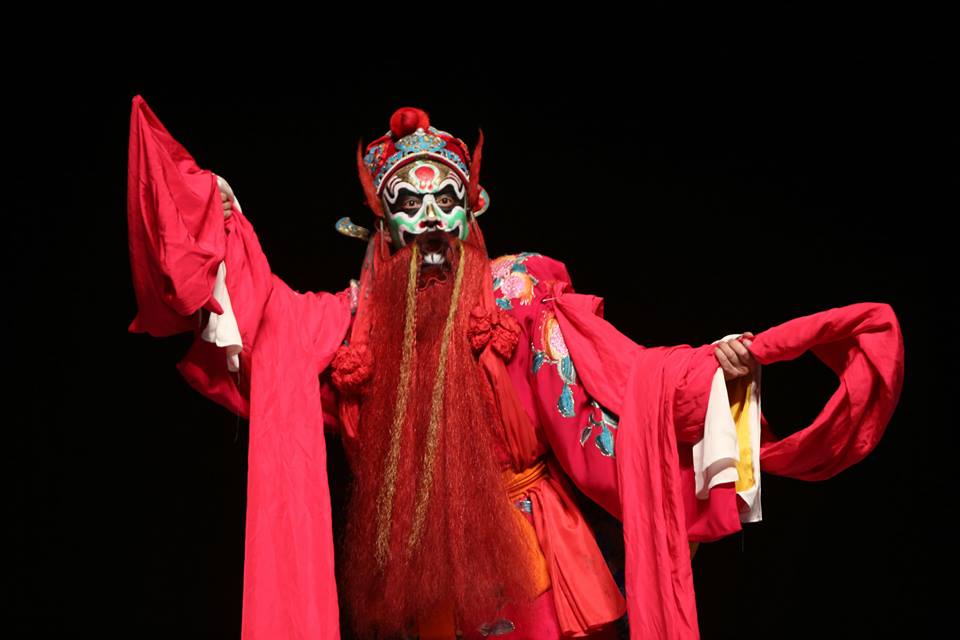The Indian arts scene is one that can really surprise you with the unexpected, a case in point is the recent production of The Peony Pavillion that was performed in Mumbai and Delhi recently. The Peony Pavillion is a Kunqu Opera, one of the oldest and most refined styles of traditional Chinese theatre, that has now been recognised as one of the Masterpieces of the Oral and Intangible Heritage of Humanity by UNESCO. It seemed like such a strange event, so I just had to accept when I was offered tickets to attend this event.
While it was curiousity that got me all dressed up in my finest and heading into town, it was the mesmerising performance that kept me attached to my seat. The play was written during the Ming Dynasty and first performed in 1598. The original play actually runs for 20 hours, but thankfully this performance had skillfully brought the running time down to a more palatable 90 minutes.
The story is reminiscent of Romeo and Juliet, star-crossed lovers who are separated by death. The key twist being that one of them is brought back to life, and the romance is able to continue. A love story with a happy ending, that’s what the audience loves to see!
While the story itself wasn’t that remarkable, what I loved about this opera was how it addressed the senses. Live music punctuated each and every movement made by the main characters, following them as they seemed to float gracefully across the stage. The sounds of this opera were unique and piercing; even without reading the translated text you could feel the joy of love and the pain of separation in the character’s voices.
Visually, the bright costumes and detailed make-up complemented the theatrics perfectly. The movements of the actors seemed to cross genres, from graceful ballet movements to hand gestures that were reminiscent of bharatanatyam. It made me wonder which art form came first, and whether trade movements had taken these artistic moves across the border as well.
While I loved the production, I was extremely disappointed in the behaviour of the audience. People laughed (and not in a good way) at the unusual singing, many got up and walked out throughout the production (despite organisers making it clear it was intermission-free and only 90 minutes long), and many talked or played with their mobile phone. I had to tell the person next to me to put her phone away or move (she opted to move which makes me wonder why she bothered to come at all). Even in South Bombay, amidst those considered to be the cultural elite of the city, bad manners seem to prevail.
The opera was brought to India by Sadir, a non-profit organisation that supports arts in education. The aim was to build a cultural bridge between China and India. This objective was achieved from my perspective, as I’m now more interested in learning more about ancient Chinese opera, but I can’t speak for the others who attended.




Leave a Reply